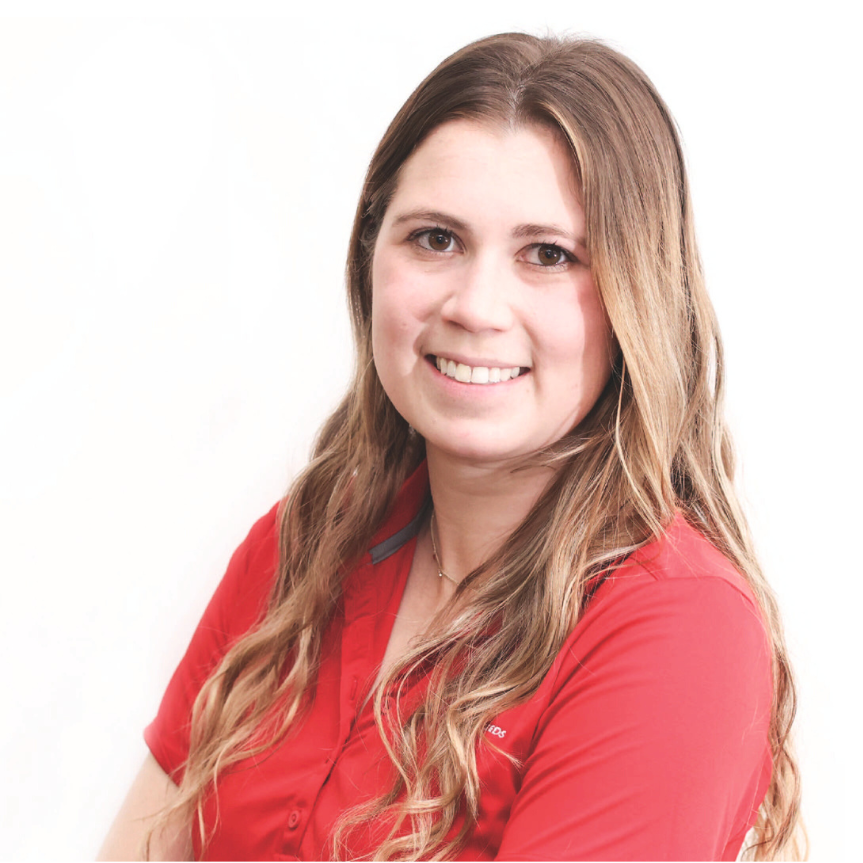How to Make Your Planter Dance
Meter Set up & Seed Size
Most corn seed meters are sigulated meters, rather than volumetric meter that are typically found for planting crops such as wheat, oats and canola. Important things to look for in a meter are its ability to handle a wide variety of crop seed, seed sizes (i.e. small, medium and large), and seed shapes (flat v. round). The 2 main meters used in Western Canada are finger pick up and vacuum meters.
| Finger Pick-up & Brush | Air & Vacuum |
|---|---|
| Advantages | |
| Low cost | Lower maintenance |
| No additional power needed to run vacuum fan etc. | Increased planting accuracy |
| Simple design which is easy to understand and adjust on your own | Easy to add precision parts to track in real time your planting accuracy |
Disadvantages | |
| Require regular maintenance (brushes and seed belt) | Hoses, fans and seals can leak which affects performance |
| Less adaptable to different seed sizes and shapes | Higher sensitivity to heavy winds, steep slopes and rough fields |
|
|
Get the planter level
Leveling the planer should be one of our 1st adjustments as the levelness of our planter effects every other adjustment we are going to make. On todays new modern planters we want to be checking the level of the row unit or the actual frame that the row units are connected to. For the planter to be ‘level’ it must be parallel to the ground.
- Planter boxes & frame level
- Even down pressure on closing wheels.
- Hitch level
NO:

YES:

Check your seed discs
Disc openers are crucial for proper seed bed preparation. Although the openers can continue to be sharp enough to cut a seed bed trench even when they are worn, if the circumference of the one opener is different from the rest your planter, seed depth will not be consistent. The seed disc needs to make a true ‘V’ in the trench for the seed to fall into. Worn out discs leave a ‘W’ which shallows up the seed deep and creates air pockets around the seed.
For examples John Deer’s disc openers are 15” brand new, once they are worn down to even 14.5” they need to be replaced!
How to set your disc openers:
- Use a piece of paper and slide one in from the top, then one in from the bottom.
- The distance between the paper should be 1 ¾ “ to 2”
- If not – add shims to adjust more or less

Row Cleaner
Stronger, healthier corn and increasing corn populations are creating more residue that takes longer to naturally decompose. In addition to this climate can also play a roll in decomposition depending environmental factors in your growing area. The most efficient way to combat this is the addition of row cleaners on your planter. If you do have row cleaners on your planter they need to be set properly.
- Row cleaners should consistently ride on the top of the soil only penetrating only when they are moving debris out of the row.
- If set too deep:
- Creates a trench for water to sit
- Creates uneven planting depths
- If set too shallow:
- Creates hair pinning which contributes to improper seed 2 soil contact & increases cold injury potential
- Creates moisture loss


Q: Are my row cleaners for tillage purpose?
A: NO, row cleaners are NOT a tillage tool Common Misconception about row cleaners is that they do or should do some tillage. That is FALSE, a row cleaner should NOT move or till the soil.
Down Pressure
Always check with the planter in down position. Improper down pressure will result in the side wall being one of 2 ways: 1. Too Firm 2. Too soft
- If our gauge wheels are set too firm, they are going to create a trench and pack the furrow too tightly. This is going to create hatched roots and plants that can’t search out what they need.
- If our gauge wheels are set too soft there is going to be enough pressure to pack the seed bed wall around the seed. This is going to result in dry soil falling in on top of the seed which can create inconsistent seed depth and poor seed to soil contact.
**You should be able to turn the gauge wheel slightly when you planter is in the down position**
Set too firm

The result

Seed Depth Adjustment
The goal is to plant every seed at an even seed depth in consistent soils. With the optimal depth being 2” deep. Uneven planting depths lead to uneven emergence which can lead to competition amongst the corn plants which directly affects yield per acre.
To set the depth on your planter
- Raise machine to remove weight from gauge wheels.
- Lift depth-adjusting handle (A). Move it forward to decrease planting depth or rearward to increase planting depth. If small increments are desired, "walk" handle from side to side. Each adjusting position changes planting depth 6 mm (1/4 in.).
- Adjust all rows to the same initial setting.
- Lower machine and drive a short distance at normal planting speed
- Check planting depth on each row.
- Dig down vertically through soil to locate seed.
- Measure the depth (A) from seed to top of soil profile (B).
References & Additional Resources:
- OMA84699: Deere/Bauer Planters John Deere Components, Block File: OUO6074_00009B4_19_20APR06.htm
- Corn School: Setting Your Planter for Optimal Results in the Field – RealAgriculture
- Tips For Corn Planter Tune-ups (Purdue Univ.)
- Row cleaners (agriculture.com)



